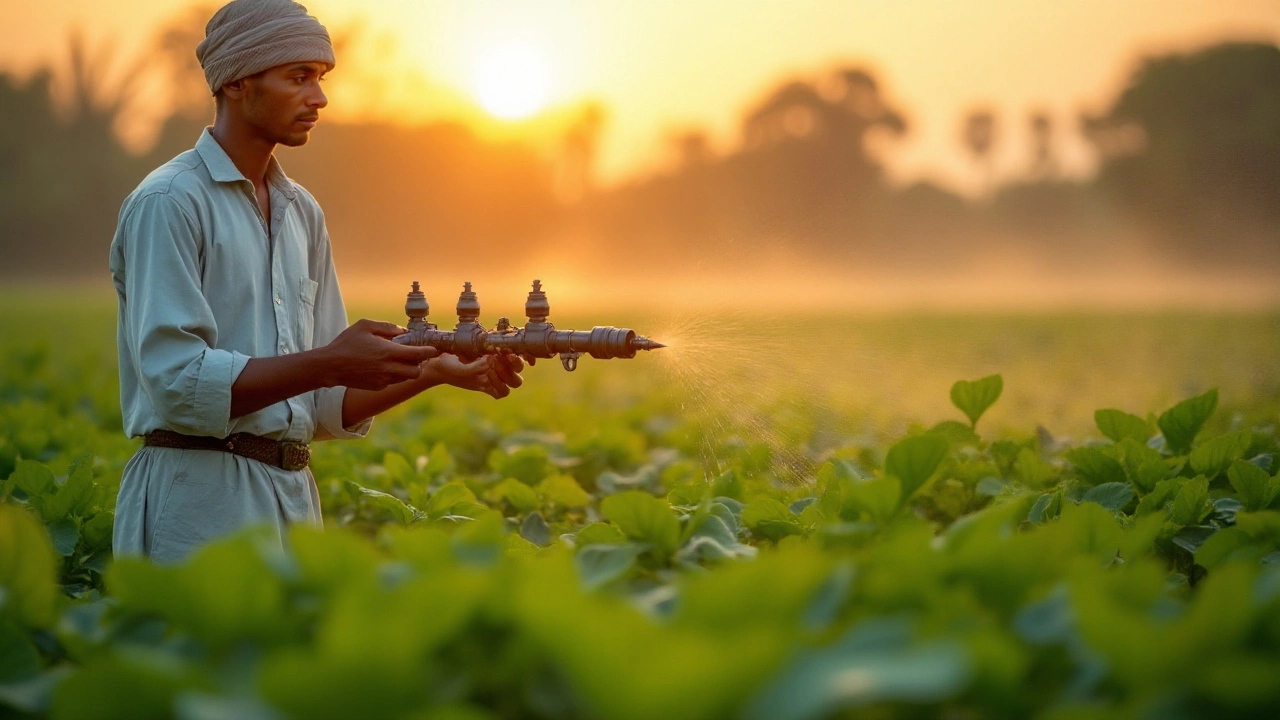Drip irrigation is a water-efficient method that uses emitters and drippers as key components. Understanding the difference between these can help optimize water distribution in gardens and farms. Emitters are devices that regulate water flow to plants, while drippers are often interchangeable terms but refer to specific styles within the emitter category. This article explores their distinctions, applications, and tips for choosing the right one for your needs.
Drippers: How Drip Irrigation Saves Water and Keeps Your Garden Thriving in India
When you think of watering your garden, you probably picture a hose or a sprinkler. But in India’s hot, dry spells and water-scarce cities, the real game-changer is the humble drippers, small devices that deliver water drop by drop directly to plant roots. Also known as drip emitters, they’re the backbone of modern drip irrigation systems that cut water waste by up to 60% compared to traditional methods. Unlike sprinklers that lose half their water to evaporation, drippers target only what the plant needs—right where it needs it. That’s why smart farmers and balcony gardeners across India are switching to them, from Pune’s terraces to Tamil Nadu’s vegetable plots.
Drippers don’t work alone. They’re part of a system that includes drip irrigation, a method of delivering water slowly and directly to plant roots through a network of tubes and emitters, and drip system maintenance, the regular checks and cleaning needed to keep water flowing evenly. But here’s the catch: drippers clog. Dust, algae, mineral buildup, or even tiny roots can block them. If one emitter stops working, your tomato plant might dry out while the one beside it drowns. That’s why fixing drippers isn’t just about replacing parts—it’s about understanding water quality, filter use, and flushing schedules. A simple monthly flush can save you weeks of wilting plants and wasted money.
You’ll find drippers in use everywhere in India now—on kitchen garden beds, in rooftop farms, even in potted herbs on balconies. They’re not just for big farms. A single drip line with five emitters can keep your chilli, coriander, and curry leaf plants happy with just a few liters a day. And when the monsoon hits, you can turn them off. When the heat returns, you turn them back on—precisely, efficiently, and without guesswork.
Below, you’ll find real fixes for clogged emitters, tips on choosing the right flow rate for your plants, and how to spot early signs of failure before your garden suffers. No fluff. Just what works in Indian conditions—whether you’re growing in red soil, clay, or a 2-foot-wide balcony planter.
